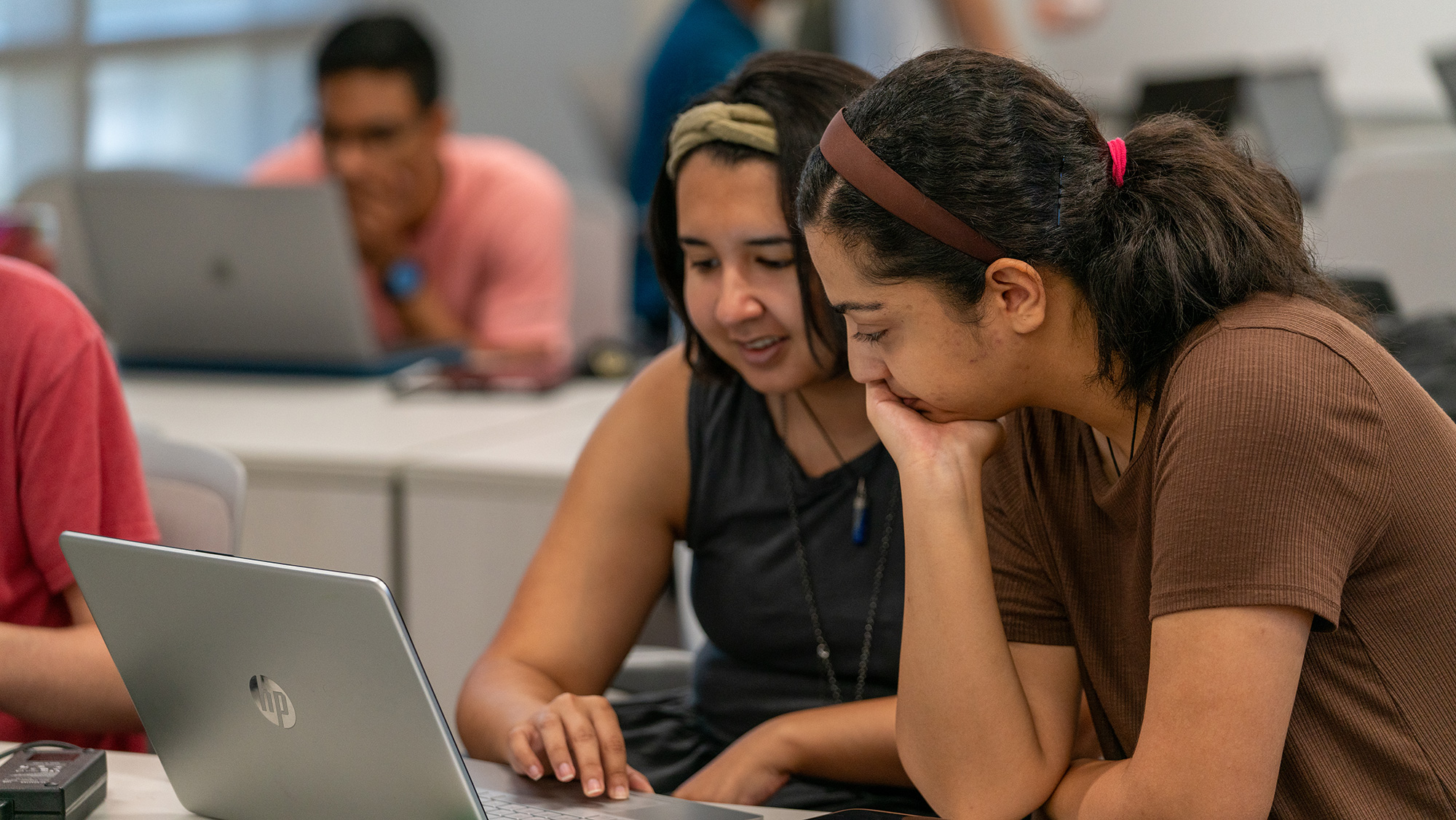
Walk into a laboratory or classroom at Texas A&M University and chances are you will overhear more than just discussions about complex equations, research questions or project deadlines. Increasingly, current students and faculty are exploring how generative artificial intelligence, like ChatGPT, might reshape how they teach, learn and solve real-world problems.
A new partnership between Texas A&M and OpenAI will take that exploration even further.
The Prompt Heard Around Aggieland
The College of Engineering at Texas A&M has joined OpenAI’s newly launched NexGenAI consortium, which is a national initiative to accelerate generative AI literacy in higher education. As the only university in Texas selected for the consortium, Texas A&M is taking on a unique role in helping students, researchers and faculty harness the potential of generative AI, not just as users, but as critical thinkers and innovators.
“Generative AI is not just about generating text or images. It’s about empowering people across disciplines to use this technology thoughtfully and responsibly. That starts with the education of knowing how the AI tools work, when to use them and how to assess their strengths and limitations.”
The initiative is established within the Texas A&M Institute of Data Science (TAMIDS) under the leadership of Dr. Sabit Ekin, associate professor in the Department of Engineering Technology and Industrial Distribution, with guidance from Dr. Nick Duffield, director of TAMIDS, and Dr. Krishna Narayanan, associate director for education initiatives and professor of electrical and computer engineering.
“Generative AI is changing how we think about productivity, creativity and even the research process itself,” said Dr. Krishna Narayanann. “But it’s essential that students understand both what these models can do and where their boundaries are.”
With support from OpenAI — including funding and Application Programming Interface credit s— Texas A&M is developing a suite of university-wide resources to help faculty integrate generative AI into their course material, research and outreach. The plan includes a digital resource hub, course development support for faculty and hands-on access to AI models for students and instructors.
“Our goal is not limited to teaching people to use AI tools but is also to advance how AI is used in education and training,” said Dr. Duffield.
The goal, Dr. Narayanan explains, is to make generative AI a core part of the academic toolkit accessible to faculty in engineering, agriculture and life sciences, liberal arts and beyond.
“Our vision is to create a centralized space where anyone — whether they’re writing policy briefs or running lab simulations — can find the tools and guidance they need to use AI meaningfully,” he says.
For many educators, this effort marks a change in how technology is introduced in academic settings. Rather than treating AI as a tool or a shortcut, the initiative encourages faculty and students to dig into how the models function and to treat that new understanding as foundational.
Dr. Sabit Ekin says the emphasis on literacy over promotion is intentional.
“Generative AI is not just about generating text or images,” he says. “It’s about empowering people across disciplines to use this technology thoughtfully and responsibly. That starts with the education of knowing how the AI tools work, when to use them and how to assess their strengths and limitations.”
Dr. Ekin emphasizes that the goal isn’t to replace traditional learning, but to augment it. “We want students and faculty to see these AI tools as collaborators in their work,” he said. “AI won’t replace all the jobs, but those who know how to use it well will be the ones shaping the future.”
The initiative also positions Texas A&M to play a broader leadership role in the national conversation around AI ethics, accessibility and innovation. With the backing of OpenAI, Texas A&M is poised to become a hub for research, policy development and interdisciplinary education on AI.
Ctrl + Alt + Innovate
The Texas A&M team sees the project as a long-term investment that builds on the university’s strengths in engineering and research but extends far beyond those disciplines. Faculty across campus are already exploring how to integrate AI into student learning, design thinking and real-time data analysis. As resources roll out, they hope to support a university-wide culture of innovation.
“There’s so much curiosity,” Dr. Narayanan said. “Students want to know what these tools can do and not just in theory, but in practice. And we want to help them explore that in ways that are responsible, rigorous and open-ended.”
At Texas A&M, generative AI is no longer an emerging trend or bookmarked on a webpage; it is becoming part of the academic landscape. Through this new partnership with OpenAI, Aggies are helping define what it means to be AI-literate in a world where that skill may soon be as fundamental as writing or research.